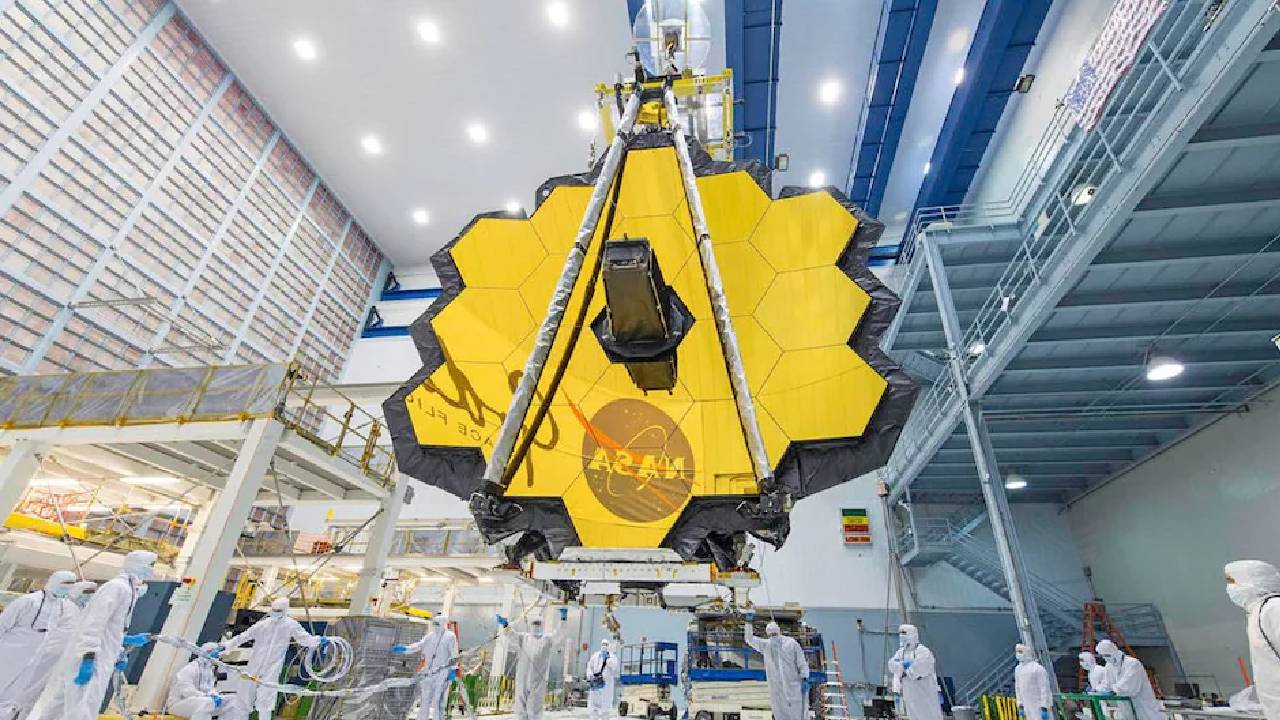[ad_1]

The most expensive.. the most ambitious human engineering and science marvel, the Gems Webb Telescope is sending amazing pictures of the universe. Revealing details about galaxies, nebulae and planets a few thousand light years away. Six and a half months after Gems Web was launched, it started working. A few hundred times better than the Hubble telescope, Gem’s Web is on track to unravel the mysteries of the universe.
It is orbiting the Sun at the Lagrange Point (L2) at a distance of 15 lakh kilometers from the Earth and sending many wonderful images to the Earth. Recently took deep images in the universe. A cluster of multiple galaxies was captured by Gems Web and released by US President Biden. Recently, WSAP 96-b, which orbits a Sun-like star 1500 light-years away from Earth, has detected traces of water and clouds. This has been revealed by NASA. Traces of water have been found on the gas giant, which is half the mass of Jupiter in the solar system and 1.2 times the diameter of Jupiter.
Read Also: Heavy Rainfall: Heavy to very heavy rains today and tomorrow.. Latest Weather Report
A supernova imaged by a dying star in the Southern Ring Planetary Nebula. Recorded galaxy clusters showing massive shock wave, tidal tail. The nearly $9 billion mission will reveal clues about the birth of the universe. We can see the galaxies formed in the early days of the Big Bang. It allowed us to learn more about star formation and black holes. NASA, the European and Canadian space agencies have sent it into space in December 2021.
Some stars go out with a bang. In these images of the Southern Ring planetary nebula, @NASAWebb shows a dying star cloaked by dust and layers of light. Explore this star’s final performance at https://t.co/63zxpNDi4I #UnfoldTheUniverse. pic.twitter.com/dfzrpvrewQ
— NASA (@NASA) July 12, 2022
Take Five: Captured in exquisite detail, @NASAWebb peered through the thick dust of Stephan’s Quintet, a galaxy cluster showing huge shockwaves and tidal tails. This is a front-row seat to galactic evolution: https://t.co/63zxpNDi4I #UnfoldTheUniverse pic.twitter.com/em9wSJPkEU
— NASA (@NASA) July 12, 2022
.
[ad_2]
Source link

